Bolivia - Sucre and Potosí
Naipablaak: 21.08.2018












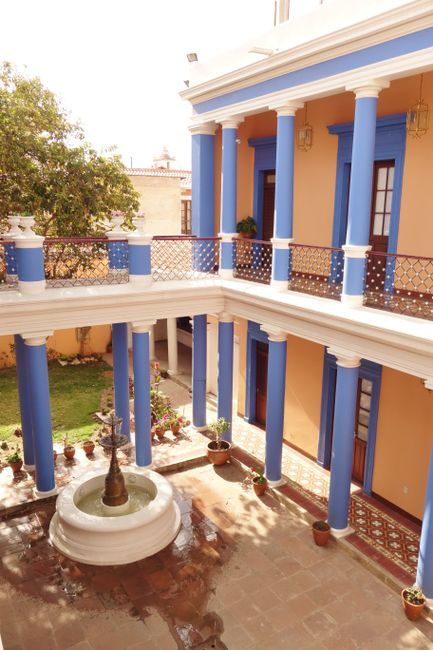







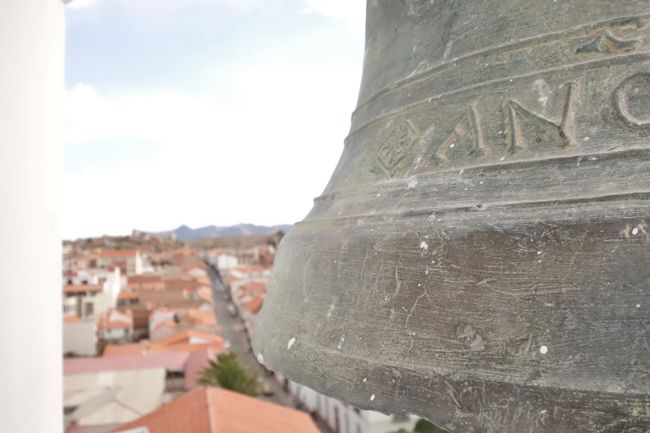



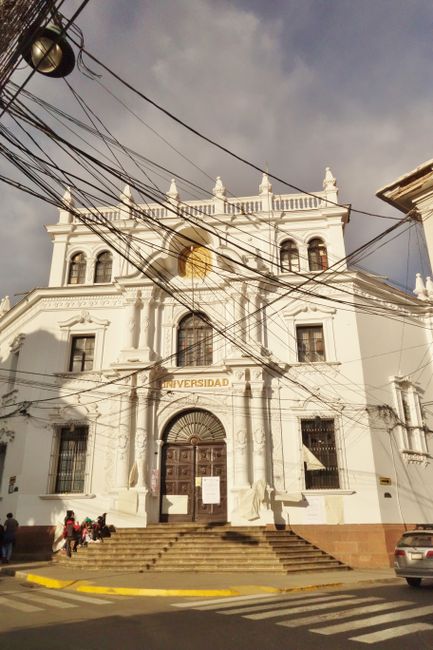




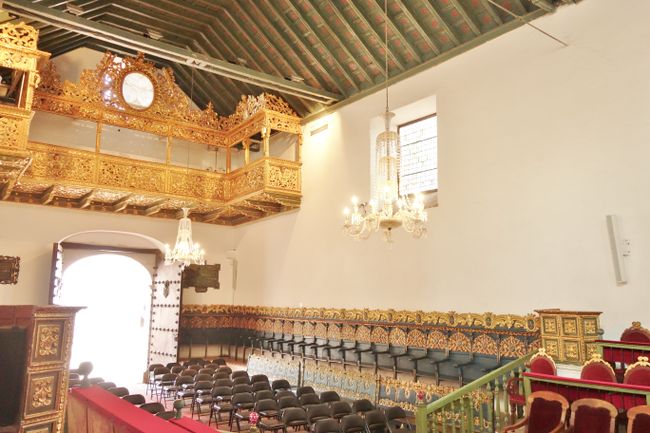





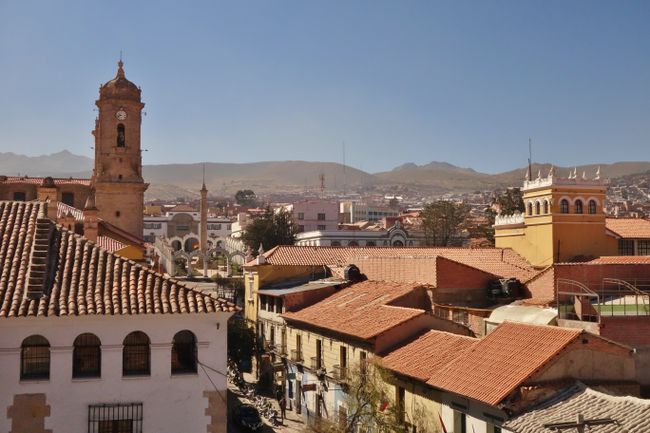




























Agsubscribe iti Newsletter
After a relaxed time in Cochabamba and Samaipata with a lot of nature and tranquility, I have increased my travel speed a bit. Two days in Sucre, two days in Potosí. Both cities are very historical and significant for Bolivia.
After that, a short trip to the wine region of Tarija and another two days in the hot, dry Tupiza before heading out on the big tour to the Salar de Uyuni.

Sucre
In the following years, there were more presidents than years of existence. Frequent military coups and changes of power meant that there were rarely stable governments. As a result, there were major losses and territorial losses in numerous conflicts with various South American states. The most significant of these was the Pacific War of 1879 with Chile, as a result of which Bolivia has still not regained access to the sea. This national trauma, which is still taught in every school today.
In the following years, efforts were made to conclude a peace treaty. However, there were also internal conflicts between La Paz and Sucre. As a result, the seat of government was relocated to La Paz, but Sucre remained the capital. In a later peace treaty, Chile - according to Bolivia's view - promised Bolivia access to the sea. However, Bolivia believes that this has not been fully fulfilled to this day. This still contributes to the tense relationship between the two states. A railway line was built from the Chilean coast in Arica to La Paz at least.
Weakened by previous internal conflicts over the independence of some regions, Bolivia also lost more territory in the Chaco War of 1932 with Paraguay. Driven by the interests of major oil companies, it turned out afterwards, however, that there were no large oil deposits in this area, so this war was also quite pointless. There were also further territorial losses to Brazil. In many of these territorial losses, the inability of the presidents was also evident, some of whom simply sold Bolivia's silver for their own interests. There were also some foreign presidents who pursued US rather than Bolivian interests. Numerous foreign companies have exploited the country for many years without Bolivia benefiting from its own resources. Corruption and nepotism have also been widespread in this country for a long time. All of this has led to Bolivia still being one of the poorest countries in South America today, despite its large oil and mineral deposits.
And then in the year 2006, Evo Morales came! The first indigenous president of Bolivia. From the ranks of the Aymara, a people. And as so often, everything started out well. He strengthened the rights of the indigenous people who had been suppressed and discriminated against in many places until then. Today, you can also find traditional Cholitas at the universities and in the governments. The indigenous languages are taught in schools, the traditions and the indigenous national feeling have been strengthened.
In addition, he nationalized numerous foreign companies so that Bolivia can benefit from its own resources. He fought poverty and introduced a fairly low salary cap for the president. And no one was allowed to earn more than the president, so many people lost a lot of money. He had almost all former presidents indicted for corruption. All of this earned him great sympathy and approval ratings, so the first two terms in office were very successful. But then it all changed. He cheated his way into a third term through a constitutional amendment. Under him, corruption and mismanagement are rampant. Large parts of the population are again suffering from poverty. Tourism has declined sharply. He is building palaces for himself and his clique. He knows that the military and his government are behind him thanks to generous donations, and he also wants to retain power at all costs in the next election in 2019, because he could also face legal proceedings. Following the Venezuelan or Russian model. So he is on his way to socialism.
And the population sees this too. Large parts now reject him. Many fear a repeat of Venezuela's history. And if he does not recognize the result of the election next year, civil war and military dictatorship loom. So that's the nightmare scenario. So it remains exciting in the coming years.













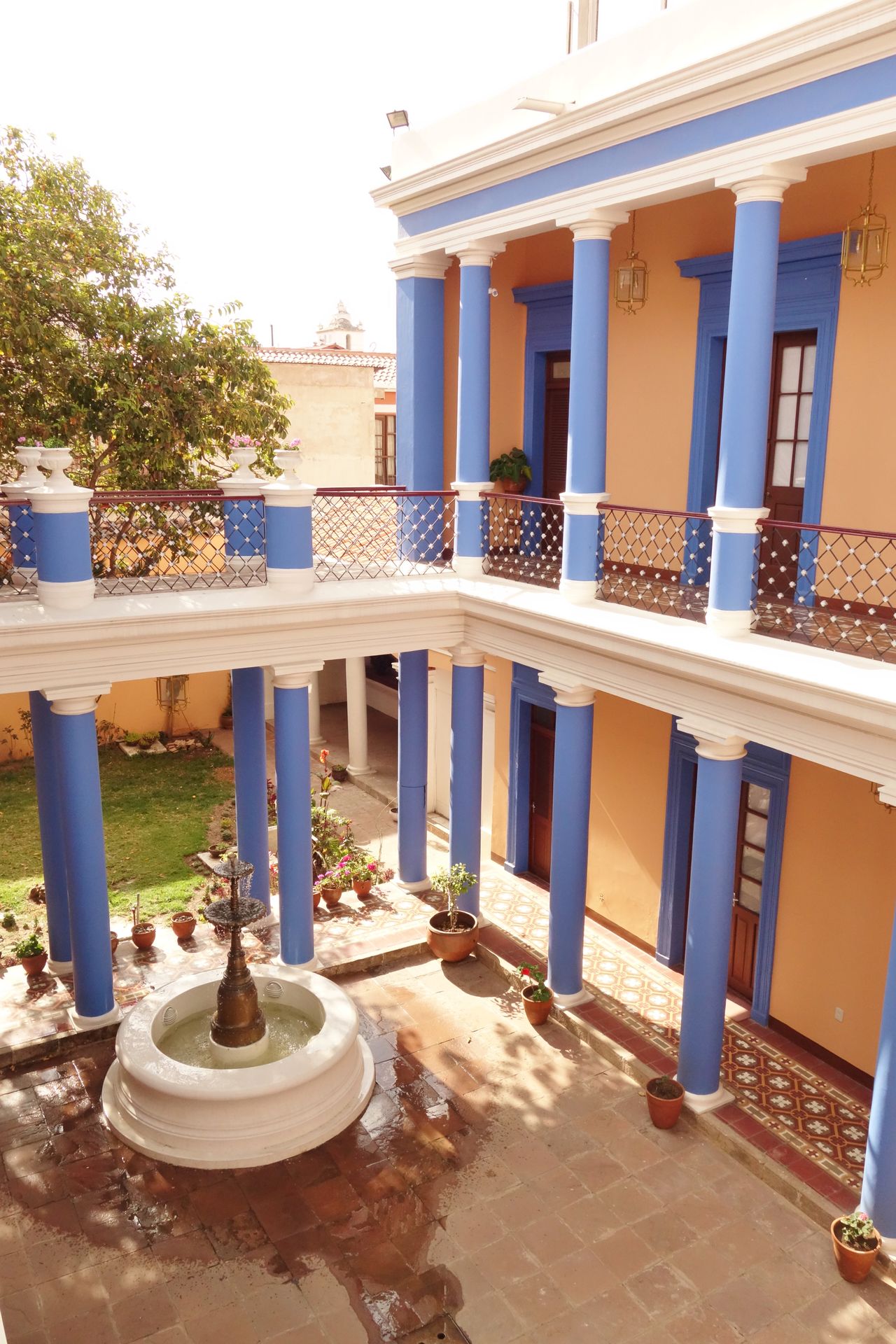


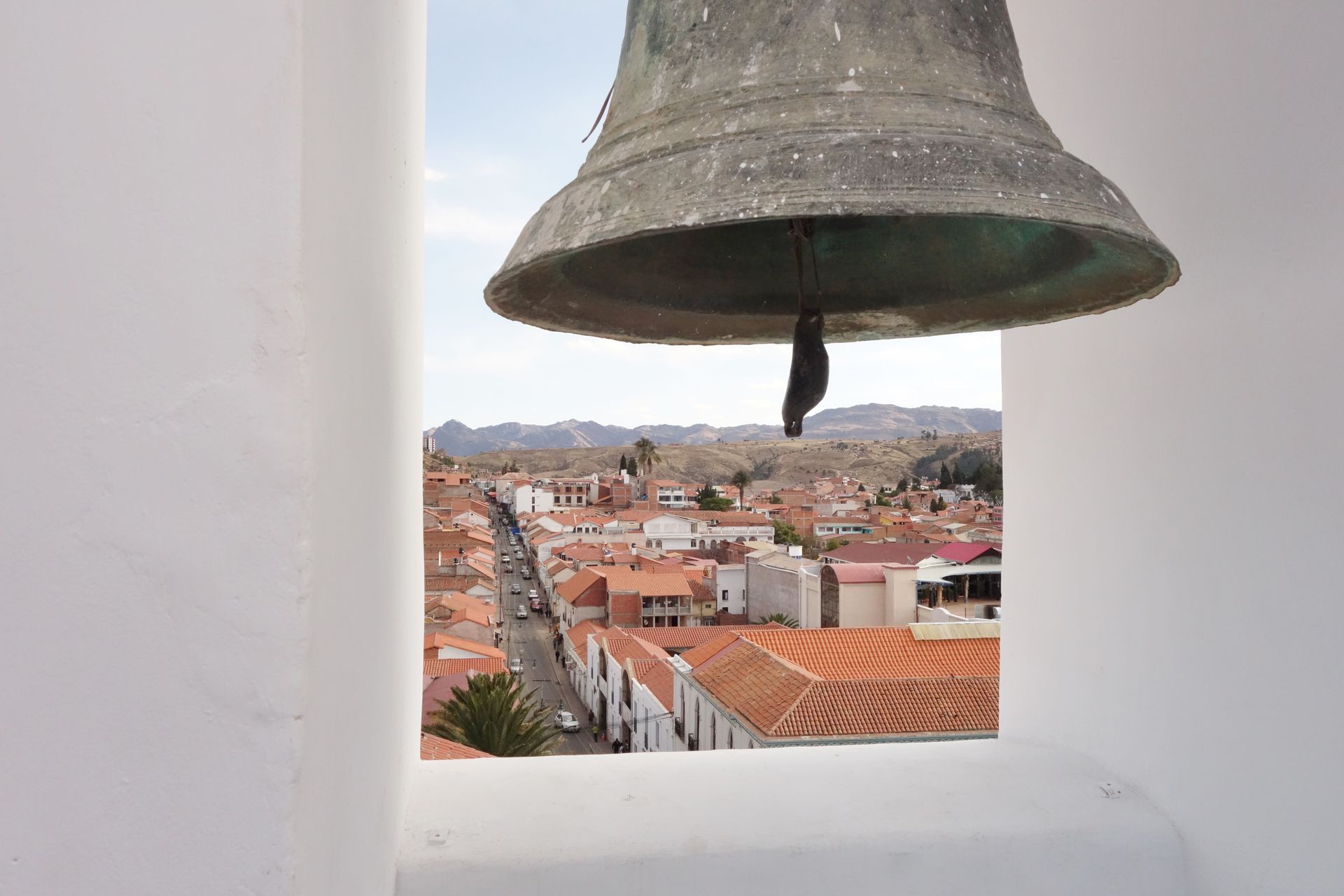




In addition, the international human rights film festival took place in Sucre at that time. There were contributions on all kinds of conflicts currently happening in the world. From the struggle of the miners in Bolivia to the Rohinga, the conflict of the FARC in Colombia, the loss of indigenous languages worldwide, and much more. In short, we were once again confronted with the whole misery of the world. Something we like to forget or suppress every now and then.

Potosí


Once the largest city in the world and still the most important silver deposit in Bolivia. At the same time, also the highest city in the world at over 4000 meters. The Incas already discovered and mined the silver deposits. Under Spanish rule, the city then grew rapidly. The war chest had to be filled. So, a complete mint was shipped to Potosí. At that time, there were only 3 mints. One in Lima and another in Mexico, with the one in Potosí being the most important. You can experience this history in the Casa de la Moneda - House of Money. There you can still visit the original mint. It's very impressive how relatively precise coins were made with simple means. At first, the machines were powered by donkeys, later by steam and electricity. Unfortunately, no photos are allowed, as there are now also some paintings on display. Many of them depict the Virgin Mary, and her dress has the shape of the Cerro Rico - the rich mountain. This was a way for Spanish missionaries to spread Catholicism.
The extraction and processing on-site were of course very cheap for the Spaniards. At first, they wanted to make peace with the indigenous people on-site. Numerous African slaves were therefore purchased for a lot of money to do the hard work in the mines. However, they did not consider that the slaves could not withstand the cold climate and altitude, and a large number of them died shortly afterwards, so they had to rely on the indigenous workforce again.
So the extraction of silver in Potosí now has an almost 500-year history, but according to the miners, it will come to an end in a few years. Then the last reserves will probably have been mined. After Bolivia's independence, Bolivian coins were produced in Potosí for many years. Ironically, since the 1950s, there has been no mint in Bolivia. The coins are produced in Chile and the banknotes in France and Canada!




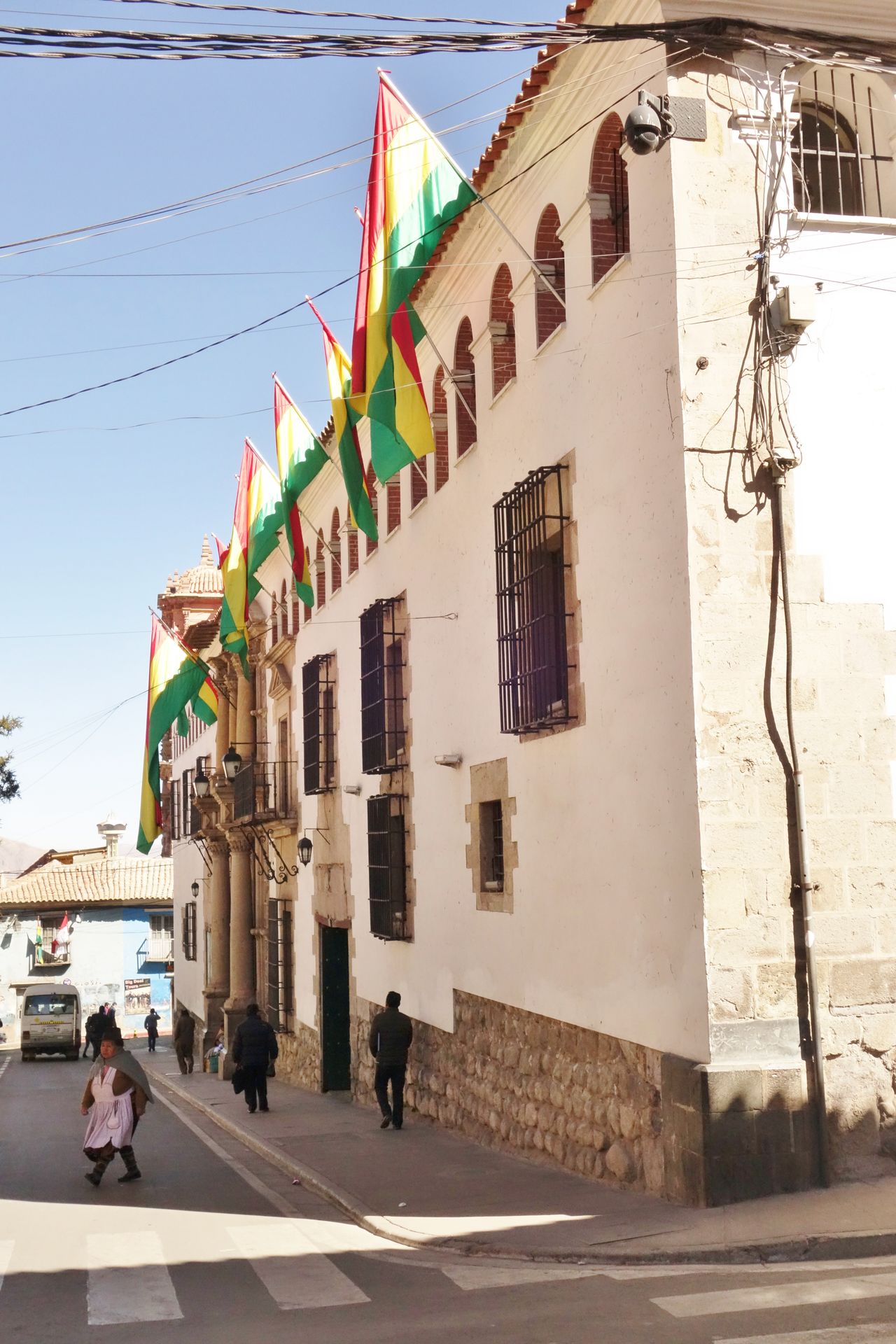
With this background, a visit to one of these mines was an absolute must! Numerous - partly run-down - colonial buildings and churches testify to the former importance of Potosí.
Today, around 20,000 men still work in the mines every day. There are numerous tour operators that offer tours in ACTIVE mines in cooperation with former miners. For this, you have to fill out a form beforehand on which you basically accept all risks - including accidental death through detonation. During the tour, they assured us that so far, only miners and no tourists have died. Shortly before, I had seen a film in Sucre about the major protest - Marcha por la Vida - of 1986. At that time, silver prices plummeted dramatically and the workers were no longer paid by the government. And the working conditions that prevailed then seem to have not changed in any way. It is already astonishing why the government has always done so little for one of its most important industries. The result of that time was that the workers could organize themselves into cooperatives and operate independently and pay a kind of rent to the state. This, of course, created independence, but also regulations. Today, this means that there is almost no safety equipment, working hours are hardly regulated, and the workers are underground all day chewing coca leaves that suppress hunger and thirst, as well as consuming pure alcohol diluted with water and smoking. That's why you go to the miners' shop before the tour to buy dynamite, alcohol, or coca leaves as gifts. Of course, there are also useful things to buy such as pickaxes, respiratory protection, or helmets. Rubber boots are also part of the standard equipment! But the demand is rather low.

















Hardly anyone reaches the age of 50, many start working there at around 12 years old. You earn significantly better than the average if you have made it into the cooperatives. The question is at what price... There is kind of a waiting period and in the cooperative, there are clan-like structures where the head of the clan naturally cashes in. Many work freelance until they eventually make it into the cooperative. So, it's not really familial at all.
Above ground, they are very religious, below ground, there is no God, only the (Tio). A devil-like figure, but you must not say the devil. Cigarettes, coca leaves, alcohol, llamas, and other things are regularly sacrificed to him so that he protects the workers and brings abundant yield. And whenever something goes wrong, of course, it means that not enough was given. So, the guys really spend a lot of money on that!
In other places in Bolivia, the mines are usually operated by foreign companies. There, relatively normal working conditions prevail. The companies have to pay around 60% to the state. But here, too, the question arises whether you can't bypass that with a little grease on the right palms. Exploitation and corruption continue merrily.
That's it, so sad. And here are the pictures to go with it.
Don't worry, next time there will be more pictures than text.
Agsubscribe iti Newsletter
Sungbat

Dagiti report ti panagbiahe Bolivia

